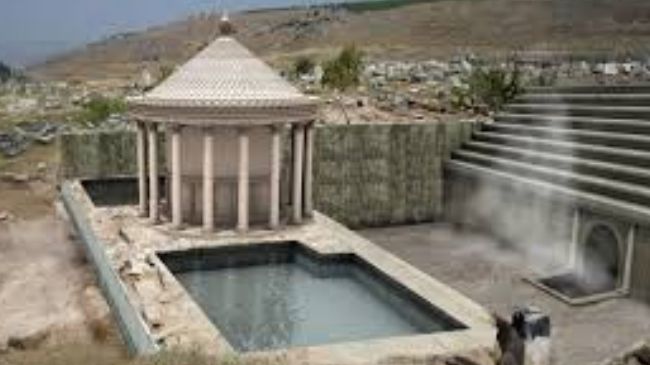Scientists decipher truth of deadly ‘Gate to Hell’ in Turkey

Italian team of archaeologists has uncovered the mystery of the recently excavated cave of ‘Gate to Hell’ in Pamukkale, southwestern Turkey.
Researchers found that the cave, also known as Pluto’s Gate and Ploutonion in Greek, used to be a place for ritual ceremonies in ancient era.
According to the historic sources, the cave located in the ancient Phrygian city of Hierapolis, now called Pamukkale was celebrated as the entrance to the underworld in Greco-Roman mythology and tradition.
The finding was made by an extensive archaeological research team at the World Heritage Site of Hierapolis in Turkey, announced at a conference on Italian archaeology in Istanbul.
“We found the Plutonium (Ploutonion) by reconstructing the route of a thermal spring. Indeed, Pamukkale’ springs, which produce the famous white travertine terraces originate from this cave,” said the research leader Francesco D’Andria, professor of classic archaeology at the University of Salento.
D’Andria also discovered the remains of a temple, a pool and a series of steps placed above the cave which all manifest the descriptions of the site in ancient sources.
Among the unearthed ruins, the archaeologists excavated Ionic semi columns and, on top of them, an inscription with a dedication to the deities of the underworld, Pluto and Kore.
“People could watch the sacred rites from these steps, but they could not get to the area near the opening. Only the priests could stand in front of the portal,” D’Andria explained.
To do rituals at the cave, small birds were given to pilgrims to test the deadly effects of the cave, while hallucinated priests sacrificed bulls to Pluto and then they dragged out the animals dead.







